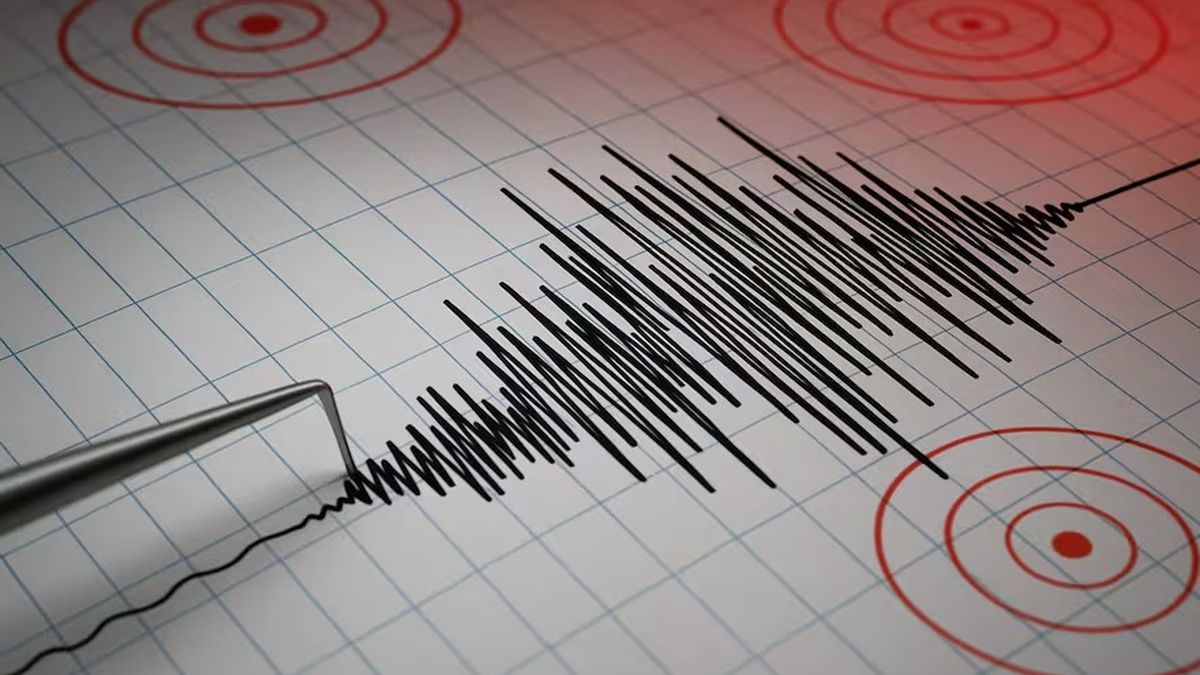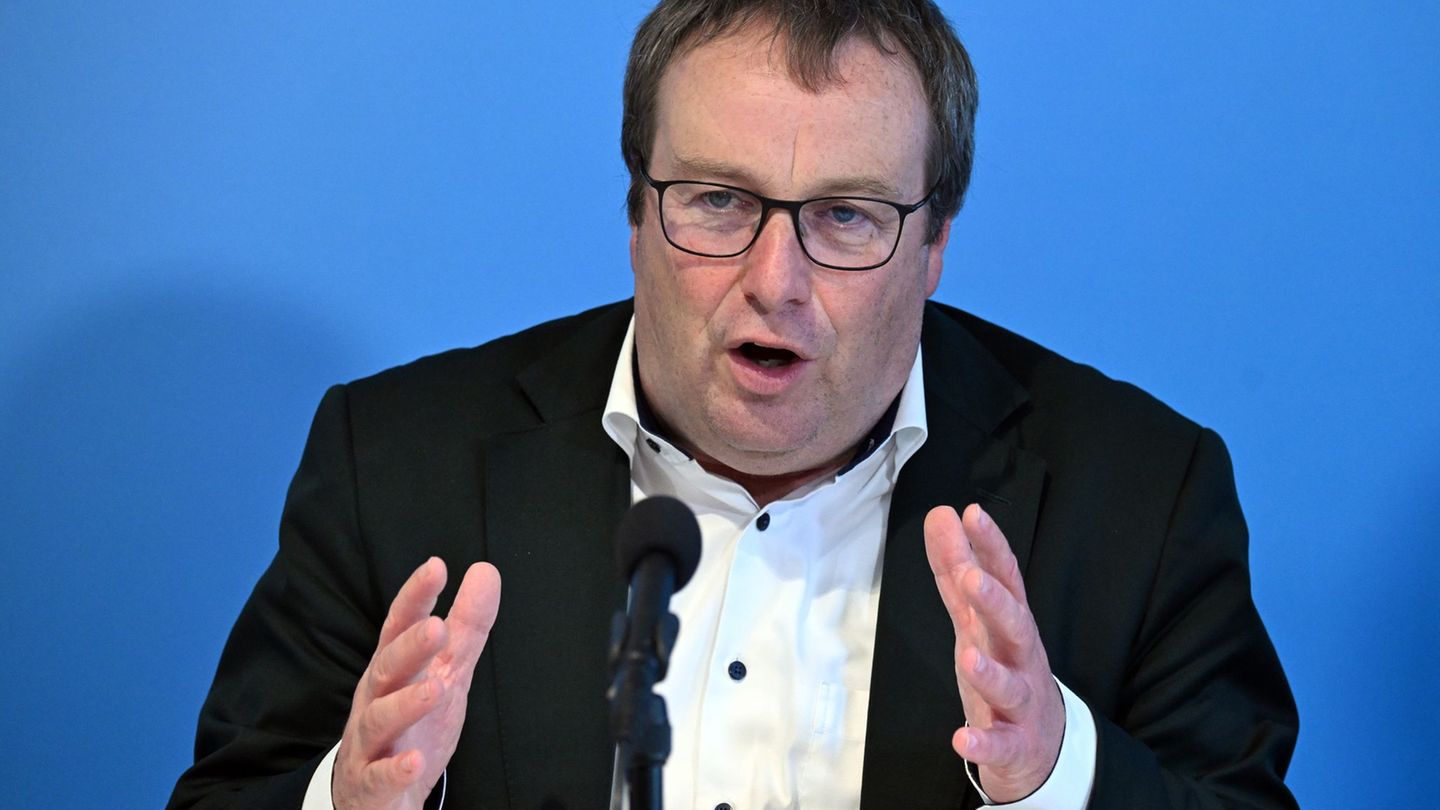The GDP measured in annual terms would be around US$550,000 million, the current reserves are the equivalent of 6.7% of the GDP, a true tear, at least we should have reserves that are equivalent to 20% of the GDP, this would imply reserves for $110 billion.
Brazil’s GDP is around US$1.5 trillion, almost 3 times Argentina’s GDP. Brazil’s reserve stock is US$339 billion, equivalent to 22.6% of GDP.
Argentina does not have external financing and, in the best scenario, will have a primary deficit of 2.5% of GDP, to which should be added interest payments of at least 1.6% of GDP. This implies a deficit of 4.1% of GDP, which would be around US$22.5 billion.
The country’s problems are summed up in this growing deficit and no financing in sight. The results are clear, an inflation of 7.0% in August which, in the last 12 months, stood at 78.5% per year and, if we project it into the future, it gives us 125.2% per year.
The Central Bank raised the interest rate from 69.5% per year to 75.0% per year, 3 percentage points less than the inflation of the last 12 months. It will also tell us that the effective rate of the nominal rate is approximately 110.0%. Herein lies a grave error. The government compares the effective rate of the interest rate with the nominal rate of 78.5% of the inflation of the last 12 months.
If the government wants the interest rate to start putting a cap on inflation, it should seek a higher rate than the current one. For example, a nominal floor rate of 100% per year, which measured as an effective rate would give us 161.3% per year. In this way, there would be many speculators who would switch from dollars to pesos, the gap would narrow and this would give the economy more predictability. This monetary measure should be complemented by other measures in the exchange, productive and fiscal spheres to ensure that this is a solution and a spiralization of prices.
How’s the movie going?
We believe that the government will continue with its policy of running behind inflation, therefore, it will proceed with a timid rate hike, which will encourage economic agents to seek refuge in the dollar.
The government made the mistake of offering exporters special exchange ratesas was the case with soybean dollar at $200. Now entrepreneurs line up to apply for the dollar malbec, lemon, oil, cheese, meat and the product you can think of.
The government had to come out with the soybean dollar to close the goals committed to with the IMF as of September 30. The market will now look at what will happen in December, when it has to close the next targets. As Argentina is a serial defaulter, the government will have to, in the month of December, invent some dollar to get out of trouble and comply with the organism.
Conclusions
A country with scant reserves and overweight pesos is in trouble. In this context, the only thing that occurs to the Central Bank is to put more stocks and intervene in the foreign exchange market so that the alternative dollars do not rise. If there were two signs not to be given, they were the two recently named.
The government, like a fanatic in a Formula One race, took photos with everyone in the United States, the photo is nothing more than an image in a newspaper, the important thing is the policies that they bring from the northern country, since money, what they say money, they did not get, nor will they get. Probably political either.
Argentina continues in an economic scenario that is languishing, we are not going to see an explosion, it is a permanent and constant deterioration. The economic variables do not go up or down, beyond some occasional movement, financial assets are permanently lateralizing, economic agents wait for a signal from the opposition, but the presidential elections are far away and the opposition does not give a signal and even less an idea of what could be achieved.
In this context, all roads lead to the dollar, inflation dominates the public scene. The banks have come together and only allow inflation-adjusted time deposits of up to $3 million per account, violating what the Central Bank rules indicate, but since there is no control, anything goes in Argentina. Inflation-adjusted peso bonds have strong short-term negative rates that discourage investment.
Buying alternative dollars for less than $300 is a real bargain, with a government that has an exchange policy depending on its need and a monetary policy that makes monetary liabilities grow under the protection of an interest rate that is higher every day. Take heart, September’s inflation could be the same as August’s, in my case I’m going to lobby for the Salva dollar, in one of those it’s my turn.
Source: Ambito
David William is a talented author who has made a name for himself in the world of writing. He is a professional author who writes on a wide range of topics, from general interest to opinion news. David is currently working as a writer at 24 hours worlds where he brings his unique perspective and in-depth research to his articles, making them both informative and engaging.




